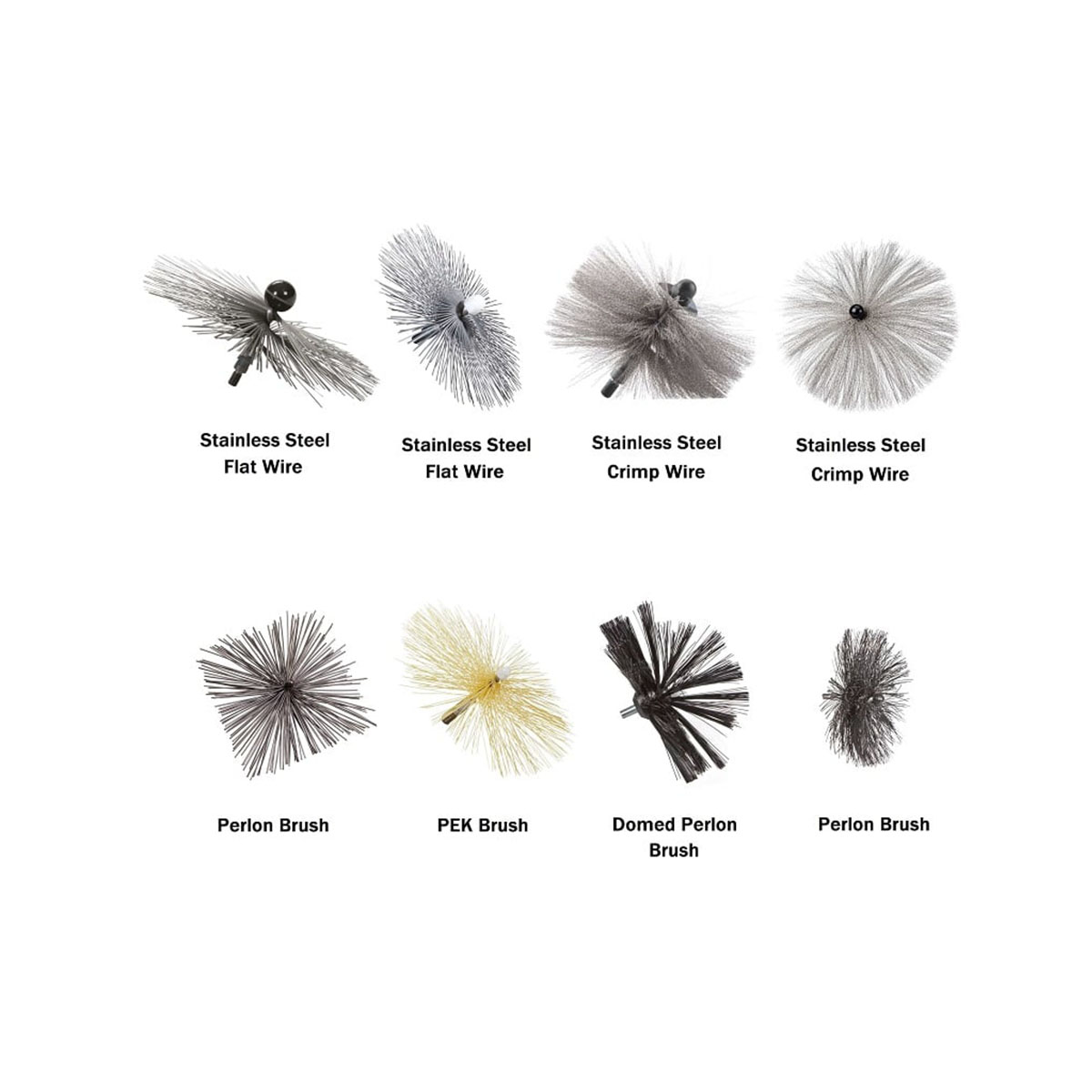

Articles
What Size Of Chimney Sweep Brush Do I Use
Modified: August 28, 2024
Discover what size chimney sweep brush you should use with our informative articles, offering expert advice and tips for efficient chimney cleaning.
(Many of the links in this article redirect to a specific reviewed product. Your purchase of these products through affiliate links helps to generate commission for Storables.com, at no extra cost. Learn more)
Introduction
Welcome to the world of chimney sweeps! Whether you’re a seasoned professional or a DIY enthusiast, understanding the importance of choosing the right chimney sweep brush size is crucial for the maintenance of your chimney.
Chimneys play a vital role in both residential and commercial settings, providing ventilation for fireplaces, wood-burning stoves, and other heating systems. However, over time, soot, creosote, and debris can accumulate inside the chimney, obstructing air flow and posing potential fire hazards. Regular chimney cleaning is necessary to ensure the safety and efficiency of your heating system.
When it comes to chimney cleaning, selecting the appropriate brush size is essential. A brush that is too small may not effectively remove the build-up, while a brush that is too large could damage the chimney lining. Considering the unique dimensions of your chimney and the type of build-up inside it, choosing the correct brush size will ensure a thorough and safe cleaning process.
In this article, we will explore the significance of choosing the right chimney sweep brush size and provide helpful guidance on how to select the most suitable brush for your chimney. We will discuss the factors to consider when choosing a brush size, how to measure your chimney accurately, and the various common brush sizes and their applications. Additionally, we will offer tips on determining the correct brush size for different types of chimneys and highlight important safety precautions to follow during the chimney sweep process.
So, whether you’re a professional chimney sweep or a DIY enthusiast looking to clean your chimney, let’s dive into the world of chimney sweep brush sizes and ensure that you have all the knowledge you need to tackle this task effectively and safely.
Key Takeaways:
- Choose the right chimney sweep brush size to ensure efficient cleaning, preserve chimney integrity, and minimize maintenance costs. Consider factors like chimney dimensions, material, build-up, and accessibility for optimal results.
- Prioritize safety when using a chimney sweep brush by wearing protective gear, securing the area, following proper techniques, and considering professional help if needed. Regular maintenance and correct brush size selection are key to a safe and efficient chimney cleaning process.
Read more: How Do I Become A Certified Chimney Sweep
Importance of Choosing the Right Chimney Sweep Brush Size
Choosing the right chimney sweep brush size is of utmost importance when it comes to effectively and safely cleaning your chimney. Here are some key reasons why selecting the correct brush size matters:
1. Efficient Cleaning: Using the appropriate brush size ensures that the entire surface area of the chimney is adequately cleaned. A brush that is too small may leave behind residue and blockages, compromising the efficiency of your chimney and potentially leading to poor ventilation and smoke backflow. On the other hand, a brush that is too large might not be able to navigate the narrow spaces of your chimney properly, leaving areas untouched and still prone to blockages.
2. Preserve Chimney Integrity: Using a brush that is too large for your chimney can cause damage to the chimney lining. The excessive force of a larger brush can lead to cracks or dislodgment of bricks or cement, jeopardizing the structural integrity of the chimney. Additionally, the incorrect brush size may scrape against the chimney and result in unnecessary wear and tear, which may lead to costly repairs.
3. Safe Cleaning Process: Chimney cleaning involves the removal of highly flammable substances such as creosote and soot. If an improper brush size is used, it may not effectively remove these hazardous materials, increasing the risk of a chimney fire. By choosing the right brush size, you ensure a thorough cleaning process that removes all the combustible elements, minimizing the chances of a potential fire hazard.
4. Maintenance Cost: Regular chimney cleaning is crucial for the longevity and performance of your chimney. By using the correct brush size, you can maintain the efficiency of your chimney, minimizing the need for expensive repairs or replacements in the long run. Proper brush size selection ensures a more effective clean, reducing the likelihood of build-up and blockages that can lead to costly chimney damage.
By understanding the importance of choosing the right chimney sweep brush size, you can ensure a more efficient, safe, and cost-effective chimney cleaning process. The next section will discuss the factors you need to consider when selecting the correct brush size for your chimney.
Factors to Consider When Selecting a Chimney Sweep Brush Size
Choosing the right chimney sweep brush size requires careful consideration of several factors. By taking these factors into account, you can ensure that you select the most appropriate brush for your chimney cleaning needs. Here are the key factors to consider:
1. Chimney Dimensions: The size and shape of your chimney are crucial factors to consider when selecting a brush. Measure the inner dimensions of your chimney, including the width and height, to determine the appropriate brush size. It is important to choose a brush that fits snugly but can still move freely within the chimney for optimal cleaning.
2. Chimney Material: Different chimney materials require different brush sizes to prevent damage. For example, if you have a masonry chimney with a flue liner, choose a brush size that will not cause excessive friction against the liner. Metal chimneys may require a brush size that can effectively clean the interior without causing damage to the metal surface.
3. Type of Build-up: Consider the type and amount of build-up inside your chimney when selecting the brush size. If your chimney has heavy creosote deposits or stubborn debris, a larger brush size may be more effective in thoroughly removing the build-up. However, for lighter build-up, a smaller brush can still provide effective cleaning.
4. Chimney Accessibility: Assess the accessibility of your chimney. If there are tight corners or areas that are difficult to reach, it may be necessary to choose a brush size that can maneuver through these spaces easily. A brush with flexible bristles might be preferable in such cases.
5. Personal Safety: Consider your own safety when selecting a brush size. If you are not comfortable working with large or heavy brushes, it is advisable to choose a brush size that you can handle easily and confidently. Using a brush that is too heavy or unwieldy can increase the risk of accidents or injury during the cleaning process.
6. Manufacturer Recommendations: Consult the manufacturer’s guidelines and recommendations for the chimney sweep brush you are considering. Manufacturers often provide detailed information on brush sizes suitable for different chimney types and sizes. Following their recommendations ensures that you are using the brush in accordance with its intended purpose, maximizing its effectiveness and safety.
By carefully considering these factors, you can select the most appropriate chimney sweep brush size for your specific cleaning needs. In the next section, we will discuss how to measure your chimney accurately to determine the correct brush size.
Measuring Your Chimney for the Correct Brush Size
Accurately measuring your chimney is essential to determine the correct brush size for effective cleaning. Follow these steps to measure your chimney accurately:
1. Measure the Flue Liner Diameter: The flue liner is the innermost lining of the chimney. Use a measuring tape or a caliper to measure the diameter of the flue liner. Make sure to measure at multiple points to ensure accuracy, as the diameter may vary slightly. Note down the largest diameter measurement you obtain.
2. Measure the Height of the Chimney: Measure the height of the chimney from the base to the top. If the chimney has multiple flues, measure the height of each flue separately. Take note of the highest chimney height measurement.
3. Measure the Width and Height of the Chimney Opening: Measure the width and height of the chimney opening or the fireplace opening if the chimney is connected to a fireplace. This measurement will help you determine the appropriate brush size that can fit through the opening easily.
4. Measure the Inside Dimensions of the Flue: If your chimney does not have a flue liner or you want to measure the inside dimensions of the flue itself, use a flexible measuring tape or a chimney brush handle to get an accurate measurement. Insert the measuring tape or brush handle into the flue and carefully navigate it to measure the width and height. Again, take note of the largest measurements obtained.
5. Consult the Manufacturer’s Recommendations: Once you have gathered these measurements, refer to the manufacturer’s recommendations for the brush size that corresponds to the dimensions you have measured. Manufacturers often provide specific brush size options based on different chimney sizes, liner types, and build-up levels.
6. Consider Flexibility and Weight: In addition to the measurements, consider the flexibility and weight of the brush when making your selection. A brush with flexible bristles will be able to navigate bends and corners more effectively. Additionally, ensure that you choose a brush that you can handle comfortably without straining yourself.
By accurately measuring your chimney and considering these factors, you can determine the correct brush size to ensure a thorough and safe cleaning process. In the next section, we will discuss the common chimney sweep brush sizes and their applications.
When choosing a chimney sweep brush, measure the inner dimensions of your chimney flue to determine the appropriate brush size. The brush should be slightly larger than the flue for effective cleaning.
Common Chimney Sweep Brush Sizes and Their Applications
When it comes to chimney sweep brush sizes, there are several common options available, each with its own specific use and application. Here are some of the common chimney sweep brush sizes and their applications:
1. 6-Inch Brush: A 6-inch brush is one of the smaller brush sizes available and is commonly used for smaller chimneys or flue liners. It is ideal for removing light to moderate build-up, such as soot and dust, providing efficient cleaning for smaller chimneys with narrow flue openings.
2. 8-Inch Brush: An 8-inch brush is a versatile size that works well for medium-sized chimneys. It is commonly used for removing moderate to heavy build-up, including creosote deposits and debris. The 8-inch brush provides effective cleaning for chimneys with average dimensions and moderate build-up levels.
3. 10-Inch Brush: A 10-inch brush is larger and suitable for larger chimneys with wider flue openings. It is used for heavy build-up removal, such as heavy creosote deposits, ensuring a thorough cleaning process. The 10-inch brush is ideal for larger chimneys with substantial build-up levels.
4. 12-Inch Brush: A 12-inch brush is one of the largest brush sizes available and is used for very large chimneys and commercial applications. It is designed to tackle heavy build-up and requires a strong and steady hand to ensure effective cleaning. The 12-inch brush is typically used by professional chimney sweeps for larger and heavily soiled chimneys.
5. Oval Brush: Oval-shaped brushes are specifically designed for chimneys with oval-shaped flue liners. They come in various sizes based on the dimensions of the oval flue and provide effective cleaning for chimneys with non-standard shapes.
6. Specialty Brushes: In addition to the standard brush sizes, there are also specialty brushes available for specific chimney cleaning needs. These include chimney whip brushes, rotary brushes, and chimney sweeping kits with various brush attachments. These specialty brushes offer unique cleaning features and are often used in conjunction with standard brush sizes to provide a comprehensive cleaning solution.
It is important to note that these brush sizes may vary slightly depending on the manufacturer and their specific product offerings. Always refer to the manufacturer’s recommendations and guidelines to ensure you select the appropriate brush size for your chimney’s unique needs. In the next section, we will discuss how to determine the correct brush size for different types of chimneys.
Read more: What Size Of Chimney Liner Do I Need
Determining the Correct Brush Size for Different Chimney Types
Every chimney is unique, and different chimney types require specific brush sizes for optimal cleaning. Here’s a guide on how to determine the correct brush size for different chimney types:
1. Masonry Chimneys: For masonry chimneys with a flue liner, measure the diameter of the flue liner to determine the appropriate brush size. The brush should be slightly larger than the flue liner diameter for effective cleaning. If there is no flue liner, measure the inside dimensions of the flue to select the appropriate brush size. Consider the amount of build-up and choose a brush size that can handle the level of accumulation.
2. Metal Chimneys: Metal chimneys are typically smooth and have a different level of build-up compared to masonry chimneys. Measure the inside dimensions of the metal chimney and consider the type of build-up present. Choose a brush size that can effectively clean the metal surface without causing damage. Brushes with softer bristles may be suitable for metal chimneys to prevent scratching or scraping.
3. Prefabricated or Factory-Built Chimneys: Prefabricated chimneys are made up of metal or other non-masonry materials and require a specific brush size. Determine the dimensions of the chimney and consult the manufacturer’s recommendations for the suitable brush size. Prefabricated chimneys often have specific guidelines to follow, and using the correct brush size is crucial to avoid damaging the chimney components.
4. Oval-Shaped Flue Liners: Oval-shaped flue liners require oval brush sizes that match their dimensions. Measure the widest and narrowest points of the oval flue liner to select the appropriate oval brush size. The brush should fit snugly within the oval opening, allowing for effective cleaning within the non-standard shape of the flue.
5. Multiple Flue Chimneys: Chimneys with multiple flues may require different brush sizes for each flue. Measure the dimensions of each flue individually and select the appropriate brush size based on the largest flue opening. This ensures that the brush can effectively navigate through all the flues within the chimney.
6. Unusual Chimney Shapes or Sizes: If you have an unusual chimney shape or size that doesn’t fit into standard categories, consider consulting a professional chimney sweep or reaching out to the manufacturer for specialized brush sizing recommendations. They can provide guidance on selecting the correct brush size for your unique chimney.
Remember, it’s important to accurately measure your chimney and consider its specific characteristics to determine the correct brush size. By selecting the appropriate brush size for your chimney type, you can ensure a thorough and effective cleaning process while minimizing the risk of damage. In the final section, we will discuss some safety precautions to keep in mind when using a chimney sweep brush.
Safety Precautions When Using a Chimney Sweep Brush
When working with chimney sweep brushes, it’s vital to prioritize safety to prevent accidents and ensure a smooth cleaning process. Here are some important safety precautions to keep in mind:
1. Personal Protective Equipment (PPE): Always wear appropriate personal protective equipment, including safety goggles, a dust mask or respirator, and gloves. This will protect your eyes, respiratory system, and hands from harmful debris, dust, and chemicals present in the chimney.
2. Secure the Area: Before starting the chimney cleaning process, ensure the area around the fireplace or stove is clear of any flammable materials. Remove rugs, furniture, and any other potentially hazardous objects to create a safe working space.
3. Use Proper Tools: Ensure that you are using the correct chimney sweep brush size for your specific chimney type and size. Using the wrong size brush can lead to inefficiencies in cleaning or potential damage to the chimney. Follow the manufacturer’s recommendations and guidelines when selecting and using the brush.
4. Follow Proper Brushing Technique: Brush the chimney in a vertical, up-and-down motion, working from the top to the bottom. This ensures that the dislodged debris falls downwards rather than getting stuck in the chimney and obstructing proper ventilation. Avoid aggressive sweeping motions as it may damage the chimney lining.
5. Take Care of Flammable Residue: As you clean the chimney, be mindful of the flammable residue that may come loose. Place drop cloths or tarps around the fireplace or stove to catch the debris. Properly dispose of the collected debris and ensure it is stored safely away from any ignition sources.
6. Have Proper Ventilation: Ensure that the room where you are working has adequate ventilation. Open windows or use fans to help dissipate dust and fumes. This will prevent the accumulation of potentially harmful substances and ensure a safer working environment.
7. Work with a Partner: It is always advisable to have someone with you during the chimney cleaning process. They can provide assistance, especially when handling long chimney sweep rods and brushes. In case of any accidents or emergencies, having a partner nearby can help ensure prompt action.
8. Regular Inspection and Maintenance: Along with chimney cleaning, regular inspection and maintenance are crucial for chimney safety. Schedule professional inspections at least once a year to identify potential issues and address them promptly. Proper maintenance will help prevent chimney fires and ensure optimal performance.
9. Know Your Limits: If you are unsure or uncomfortable with chimney cleaning, it is best to hire a professional chimney sweep. They have the necessary expertise, equipment, and experience to handle the task safely and effectively.
By following these safety precautions, you can minimize risks and ensure a safe chimney cleaning process. Remember, safety should always be your top priority. Now, let’s summarize what we’ve discussed in this article.
Conclusion
Cleaning your chimney is a crucial part of maintaining its efficiency and safety. Choosing the right chimney sweep brush size is paramount to ensure an effective and thorough cleaning process. By considering factors such as chimney dimensions, material, build-up, and accessibility, you can determine the correct brush size for your chimney type.
Accurate measurement of your chimney, whether it’s a masonry, metal, prefabricated, or oval-shaped chimney, will help you select the appropriate brush size. Additionally, it’s important to adhere to manufacturer recommendations and guidelines to ensure optimal cleaning results and to prevent damage to the chimney’s components.
When using a chimney sweep brush, always prioritize safety. Wear personal protective equipment, secure the area, and use proper brushing techniques. Proper ventilation and the disposal of flammable residue are essential for a safe working environment. Consider working with a partner and know your limits – when in doubt, consult a professional chimney sweep.
Regular chimney inspection, maintenance, and cleaning, along with choosing the correct brush size, will help keep your chimney in excellent condition, ensuring optimal performance and reducing the risk of potential hazards, such as chimney fires.
So, whether you are a professional chimney sweep or a DIY enthusiast, armed with the knowledge of choosing the right chimney sweep brush size, you can confidently and effectively clean your chimney, keeping it safe and efficient for years to come.
Frequently Asked Questions about What Size Of Chimney Sweep Brush Do I Use
Was this page helpful?
At Storables.com, we guarantee accurate and reliable information. Our content, validated by Expert Board Contributors, is crafted following stringent Editorial Policies. We're committed to providing you with well-researched, expert-backed insights for all your informational needs.
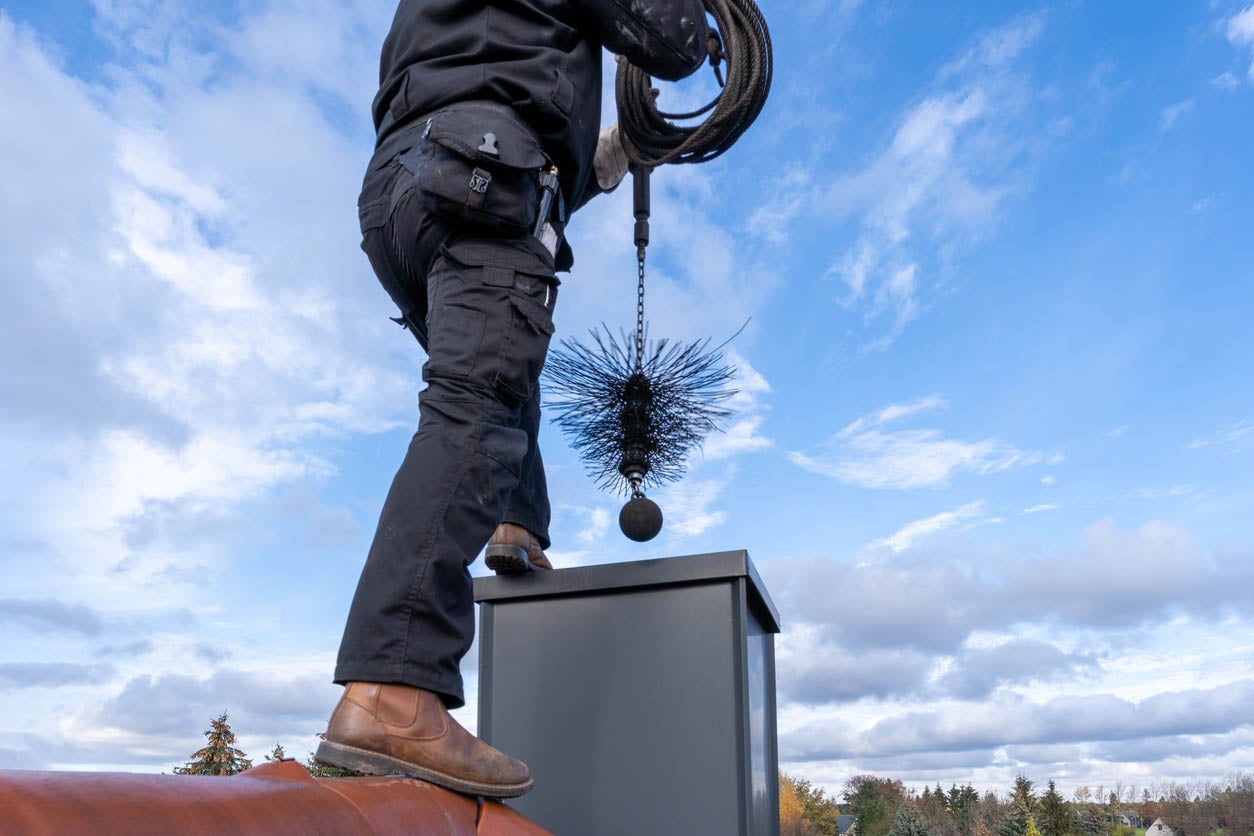
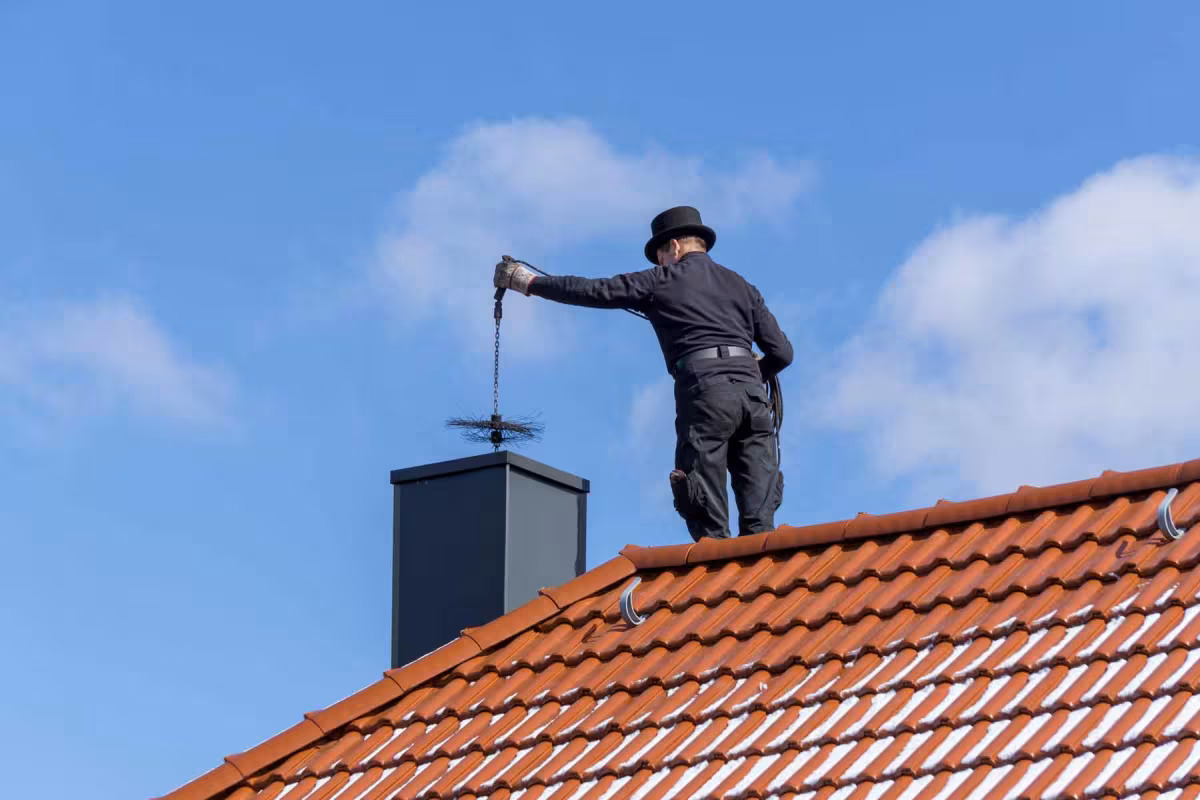

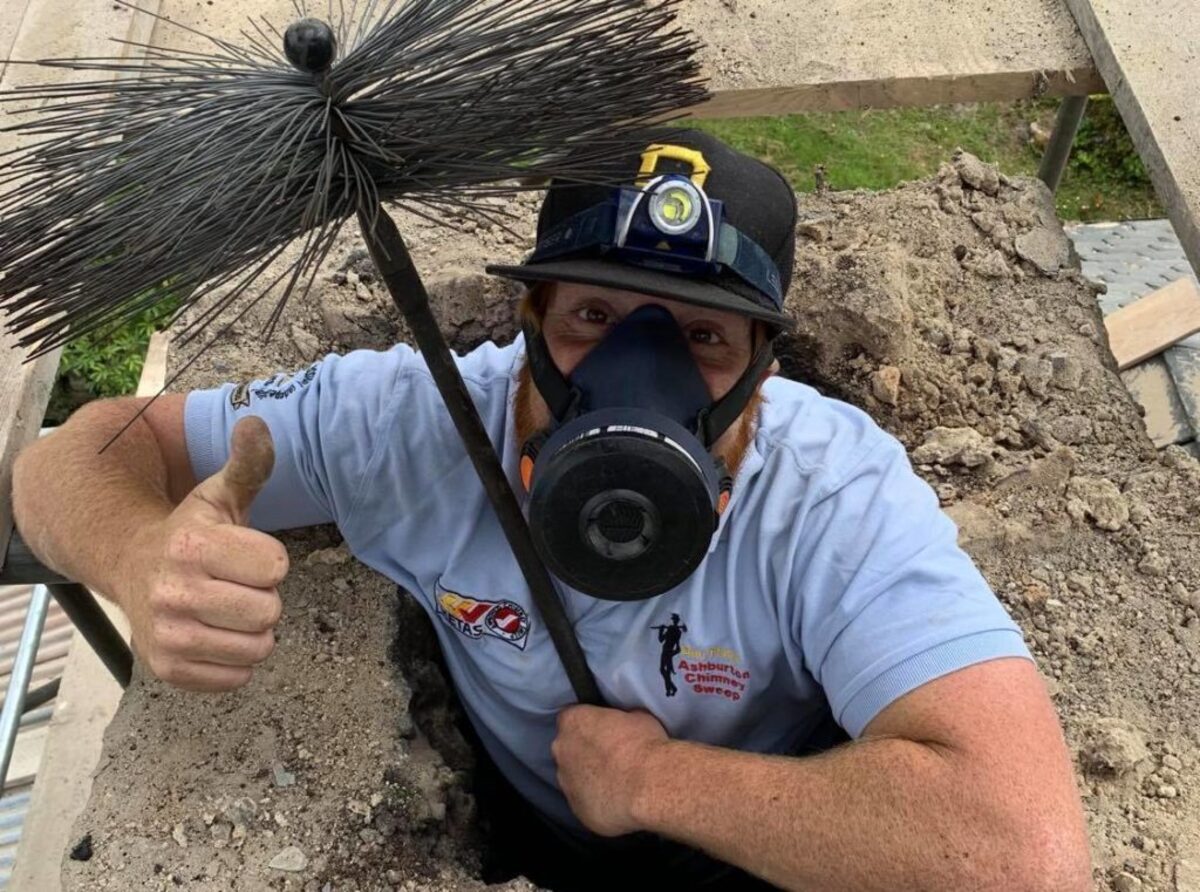


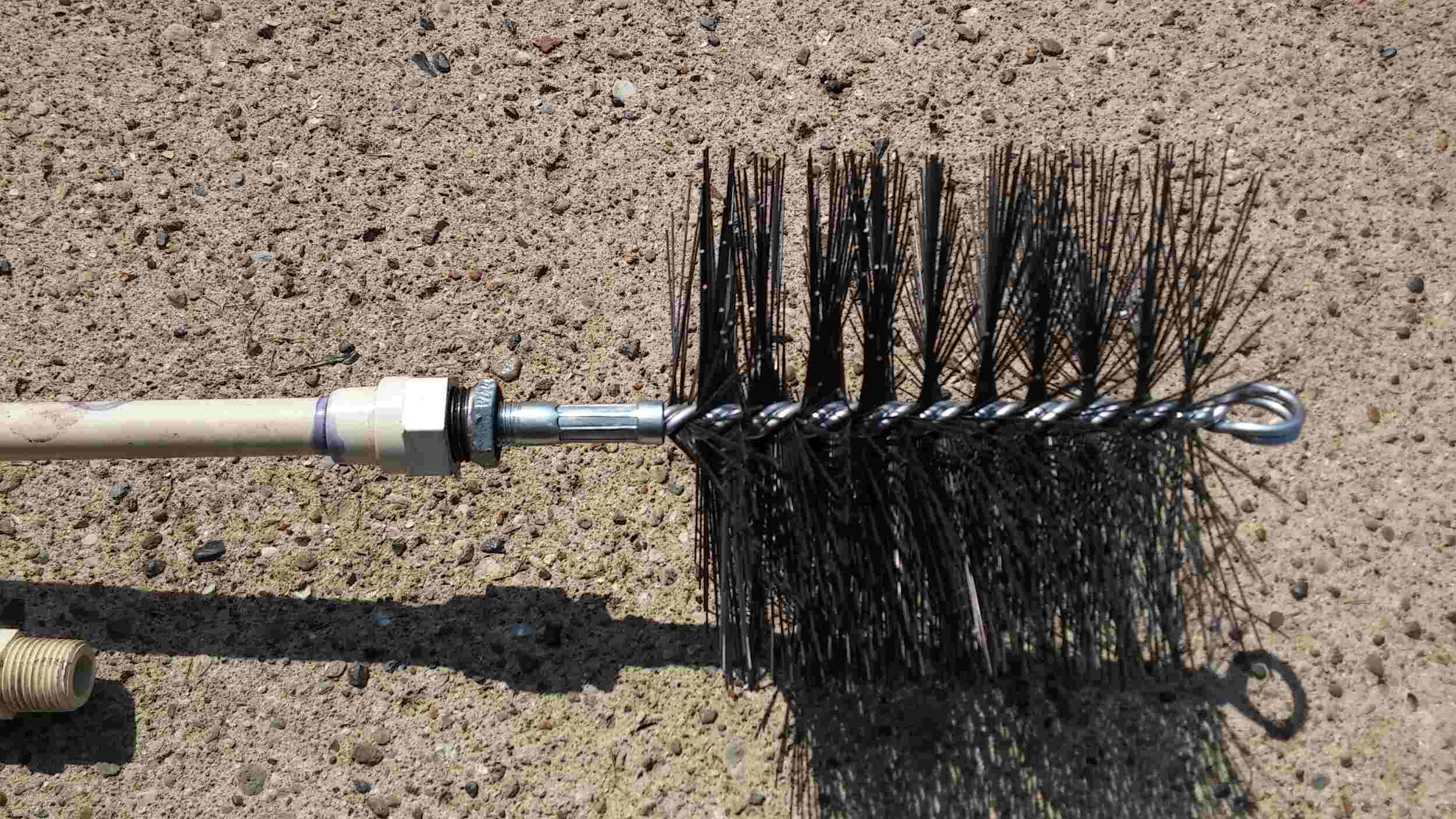
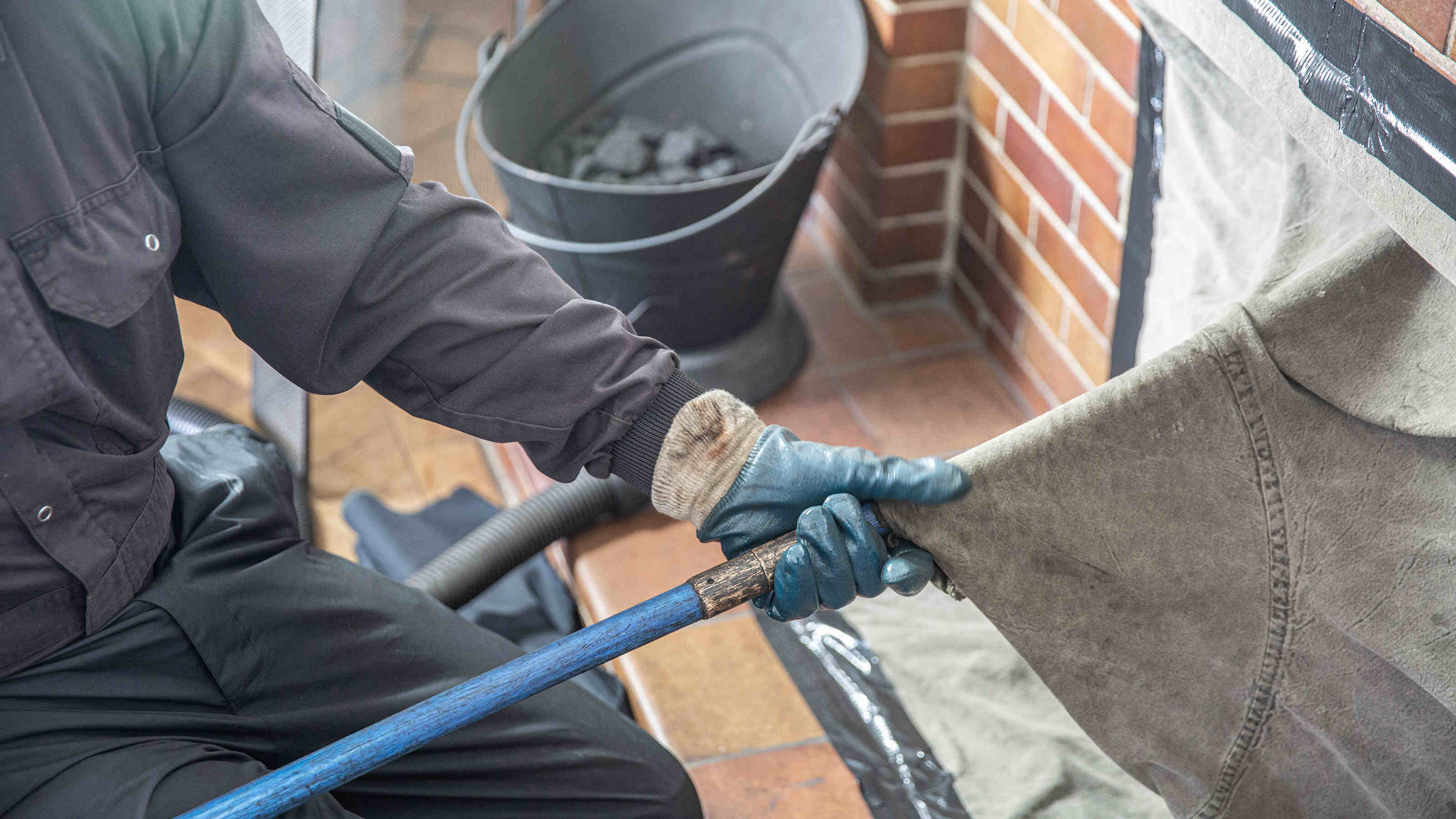

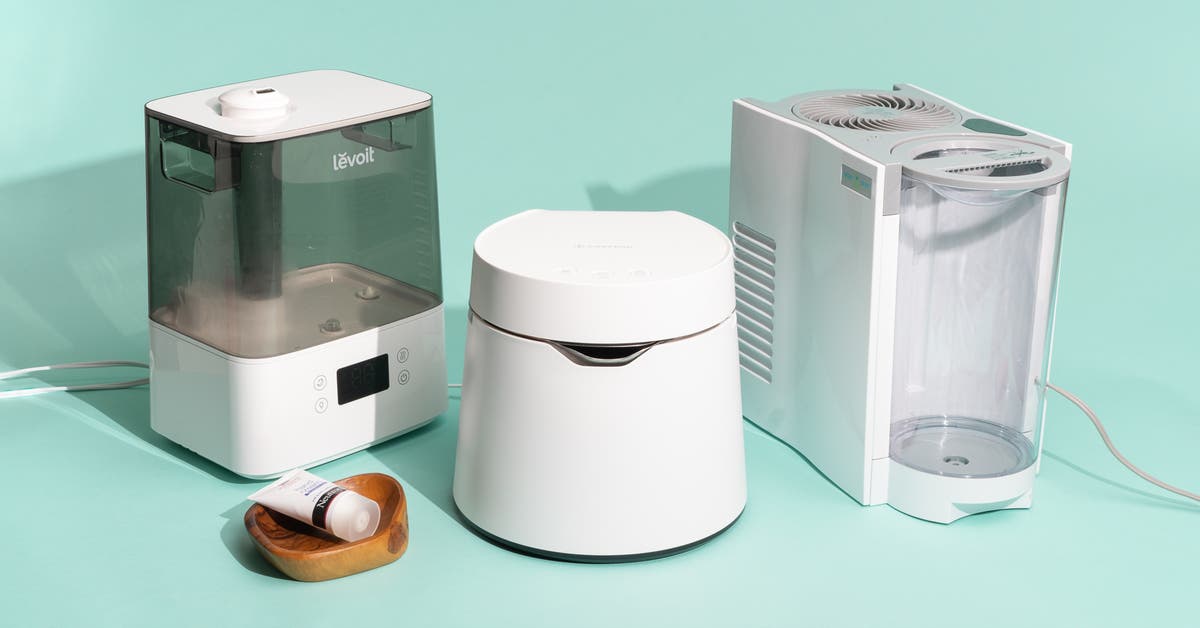
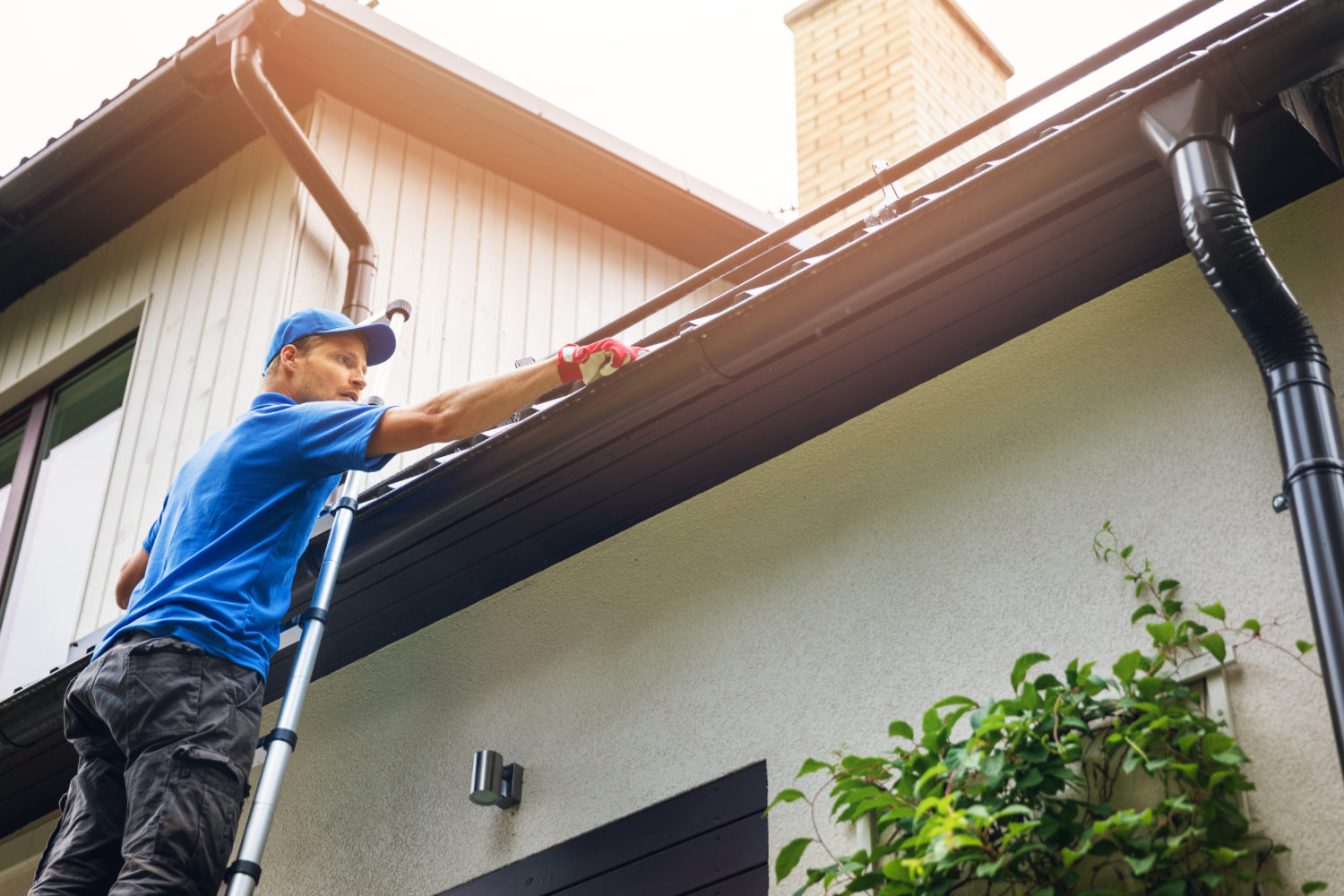
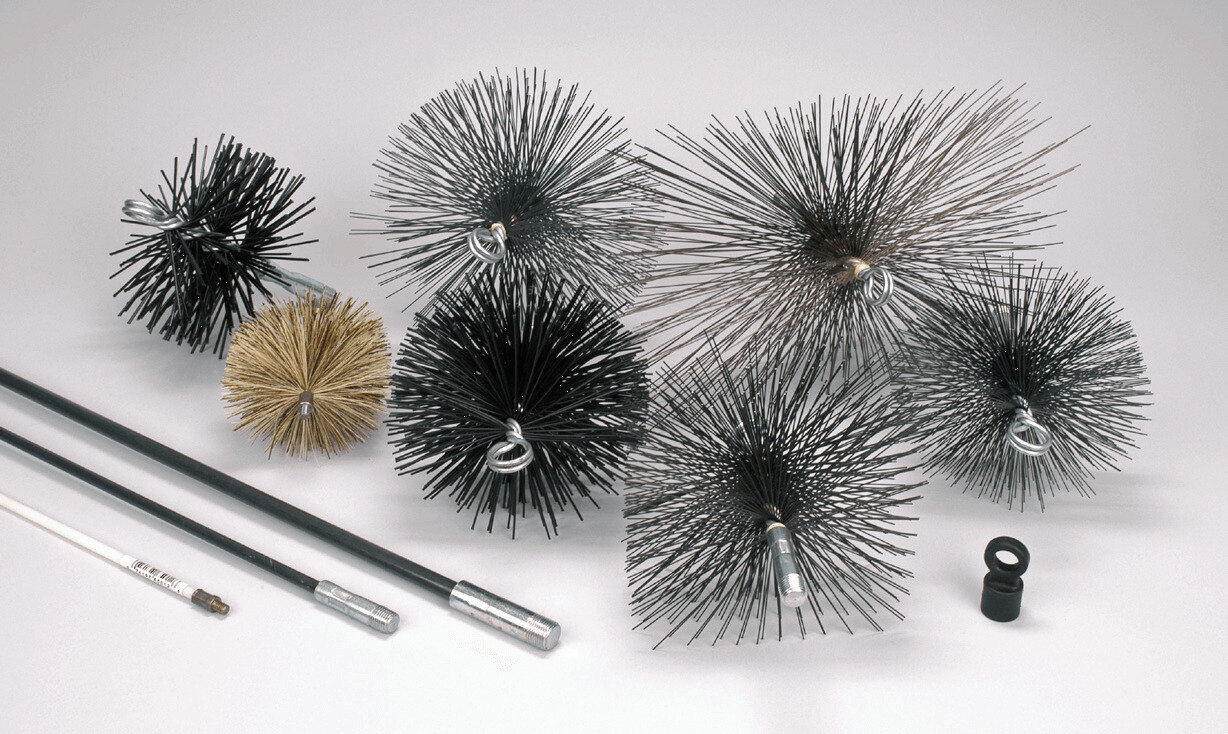
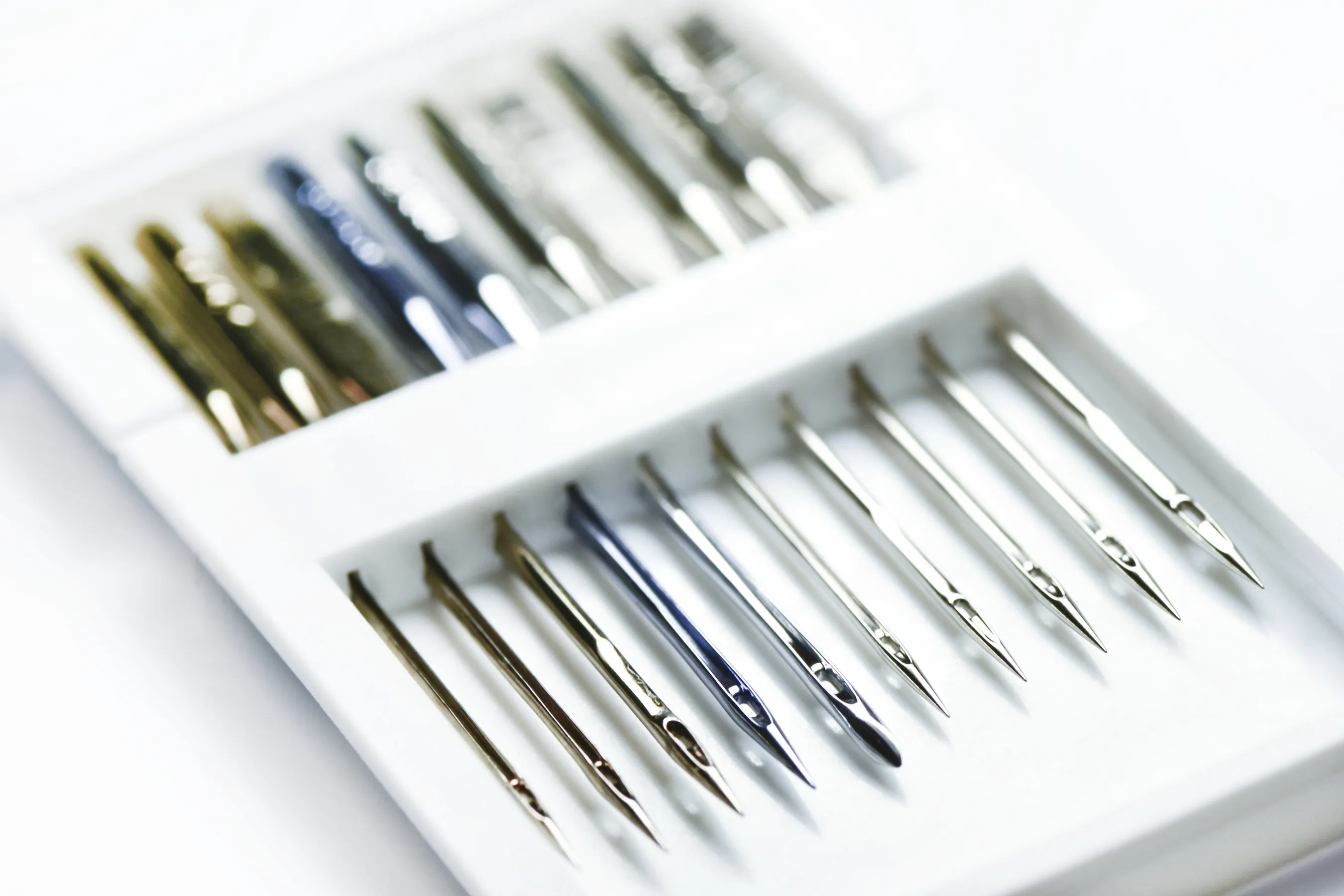
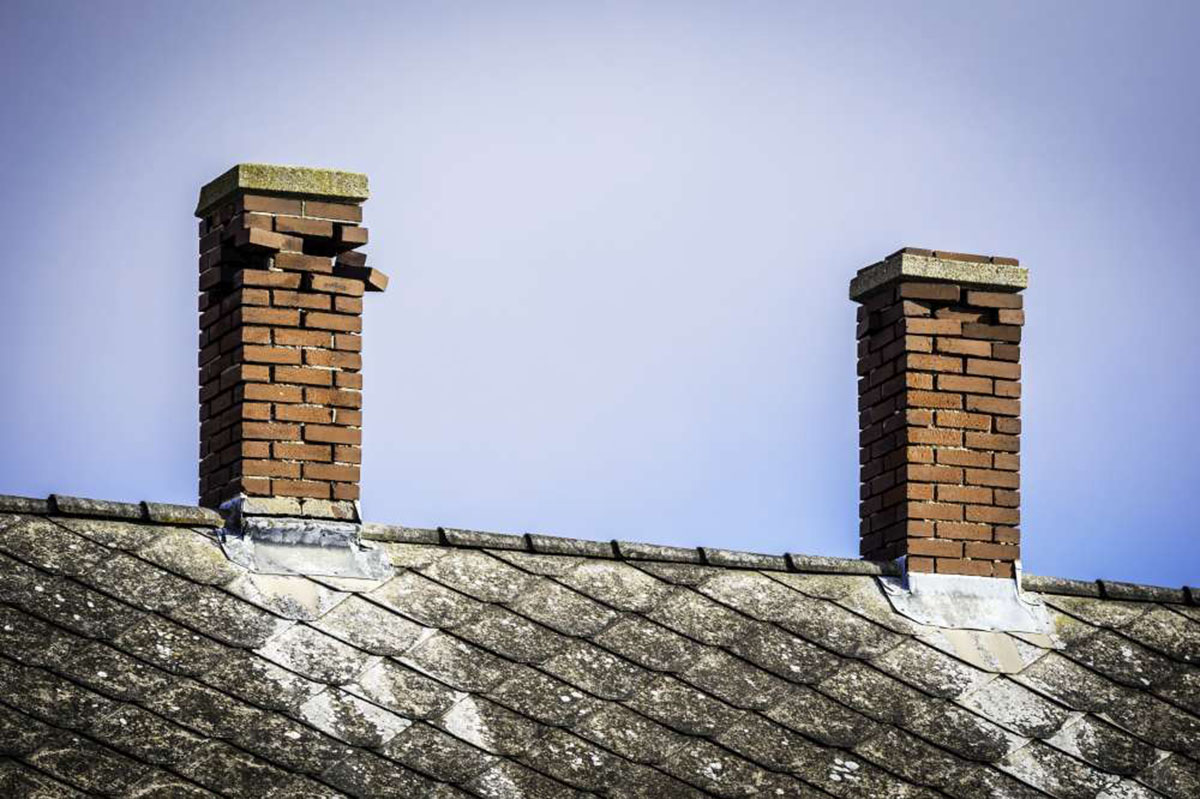

0 thoughts on “What Size Of Chimney Sweep Brush Do I Use”